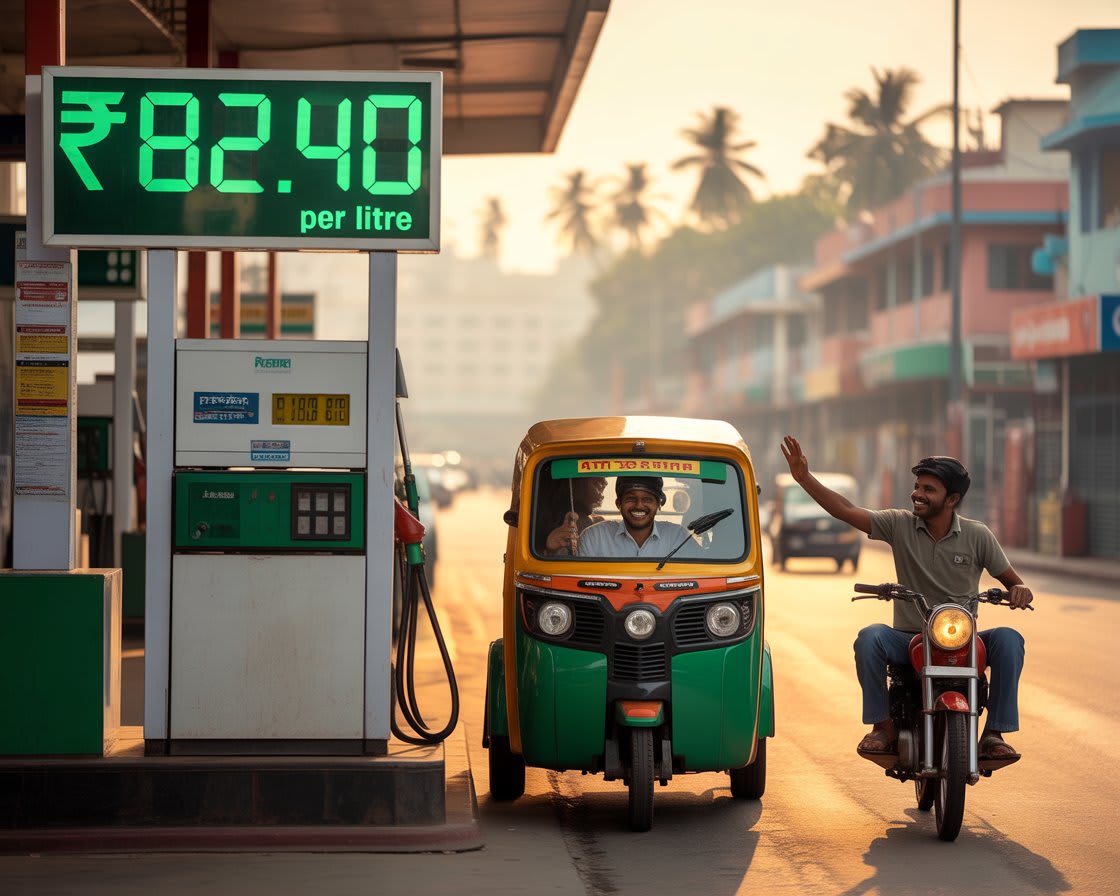By: Kavya Nair | Energy & Geopolitics Correspondent
Published: August 18, 2025
New Delhi, India — In a move that is set to reshape global energy dynamics and further complicate the geopolitical landscape, India’s crude oil imports from Russia have surged to an unprecedented 2 million barrels per day (bpd) this August, according to official government data released today.
This marks the highest monthly intake ever recorded between the two countries, nearly doubling last year’s average and cementing Russia’s position as India’s largest crude oil supplier for the third consecutive year.
The announcement comes amid ongoing Western sanctions against Moscow over its prolonged military campaign in Ukraine, and as global oil markets remain volatile due to tensions in the Middle East and supply constraints from OPEC+ nations.
A Strategic Shift
According to the Ministry of Petroleum and Natural Gas, the record-breaking volume was driven by a combination of discounted Russian crude offered under rupee-ruble settlement mechanisms and India’s increased domestic demand ahead of the festival season.
“This is a strategic energy decision,” said Oil Minister Hardeep Singh Puri at a press conference on Monday. “We will always prioritize energy security and affordability for our citizens. Our partners understand that.”
Despite mounting international pressure, India has consistently defended its purchases from Russia, citing the country’s need to secure fuel for its 1.4 billion people at affordable prices. The Indian government emphasized that the deals are in line with national interests and international law.
Russia is currently selling its Urals-grade crude at $10–$15 below Brent benchmark prices, offering a financial lifeline to India’s state-run refiners.
Western Reaction: Concern, Not Surprise
Western capitals, particularly Washington and Brussels, reacted with restrained criticism—an acknowledgment of India’s pivotal role in the Global South and its balancing act between East and West.
“We understand India’s position, but we remain concerned about deepening economic ties with Russia at this time,” said U.S. State Department spokesperson Emily Rosen. “We urge all partners to consider the broader implications of enabling Moscow’s war economy.”
European officials, too, expressed disappointment, although behind closed doors, many admit that India’s energy strategy is both pragmatic and non-ideological.
“India is buying cheap energy for domestic stability. It’s not an endorsement of war—it’s economics,” said Dr. Jean-Luc Martel, a geopolitical analyst with the EU Energy Forum.
Domestic Impact: Cheaper Fuel, Political Points
For ordinary Indians, the increased oil flow has already begun to make an impact. Petrol and diesel prices dropped by ₹2.30 per liter across major cities this week, the first significant cut in nearly eight months.
Auto-rickshaw driver Ramesh Kumar, 41, in Lucknow smiled as he filled up his tank. “Prices going down is a relief. Politics or Russia—I don’t care. I just want to survive.”
With state elections in Maharashtra and Tamil Nadu approaching, lower fuel prices are expected to give the ruling Bharatiya Janata Party (BJP) a welcome boost.
“There’s no doubt the government is timing this carefully,” said political analyst Reena Mehta. “Cheaper fuel equals happier voters, especially in urban and middle-class constituencies.”
Refiners Thrive, U.S. Trade Holds Steady
Indian oil refiners are also benefiting from the deal. State-run giants like Indian Oil Corporation and Bharat Petroleum have reported higher quarterly margins, while private refiner Reliance Industries is exporting excess refined fuel to Europe—ironically made from Russian crude.
Meanwhile, U.S.-India trade remains strong despite the friction. American exports of LNG (liquefied natural gas), defense technology, and agricultural goods to India hit record highs in July.
“It’s complicated,” said Richard Wolff, a former U.S. trade negotiator. “Washington is trying to walk a tightrope—condemning the Russia link while keeping India on its side against China.”
The Global Outlook: A New Energy Map
India’s deepening oil relationship with Russia signals a broader realignment in global energy flows. China and India—Asia’s two biggest economies—are now Russia’s primary lifelines in the face of Western isolation.
In response, OPEC+ countries are reportedly considering production cuts to stabilize global prices, which have been under pressure due to increased Russian-Asian output.
Energy experts believe the shift may be long-term.
“India’s found a reliable, affordable source of energy. It’s not going back to pre-Ukraine trade patterns anytime soon,” said Dr. Aditi Narang, senior fellow at the Centre for Strategic Energy Studies.
What Comes Next?
With winter approaching and global demand expected to rise, all eyes will be on how the West responds—and whether India’s energy calculus shifts again.
For now, New Delhi remains firm in its stance.
“We’re not choosing sides,” Minister Puri reiterated. “We’re choosing stability.”
And for a nation powering a billion hopes and ambitions, stability—fueled by oil—remains non-negotiable.
